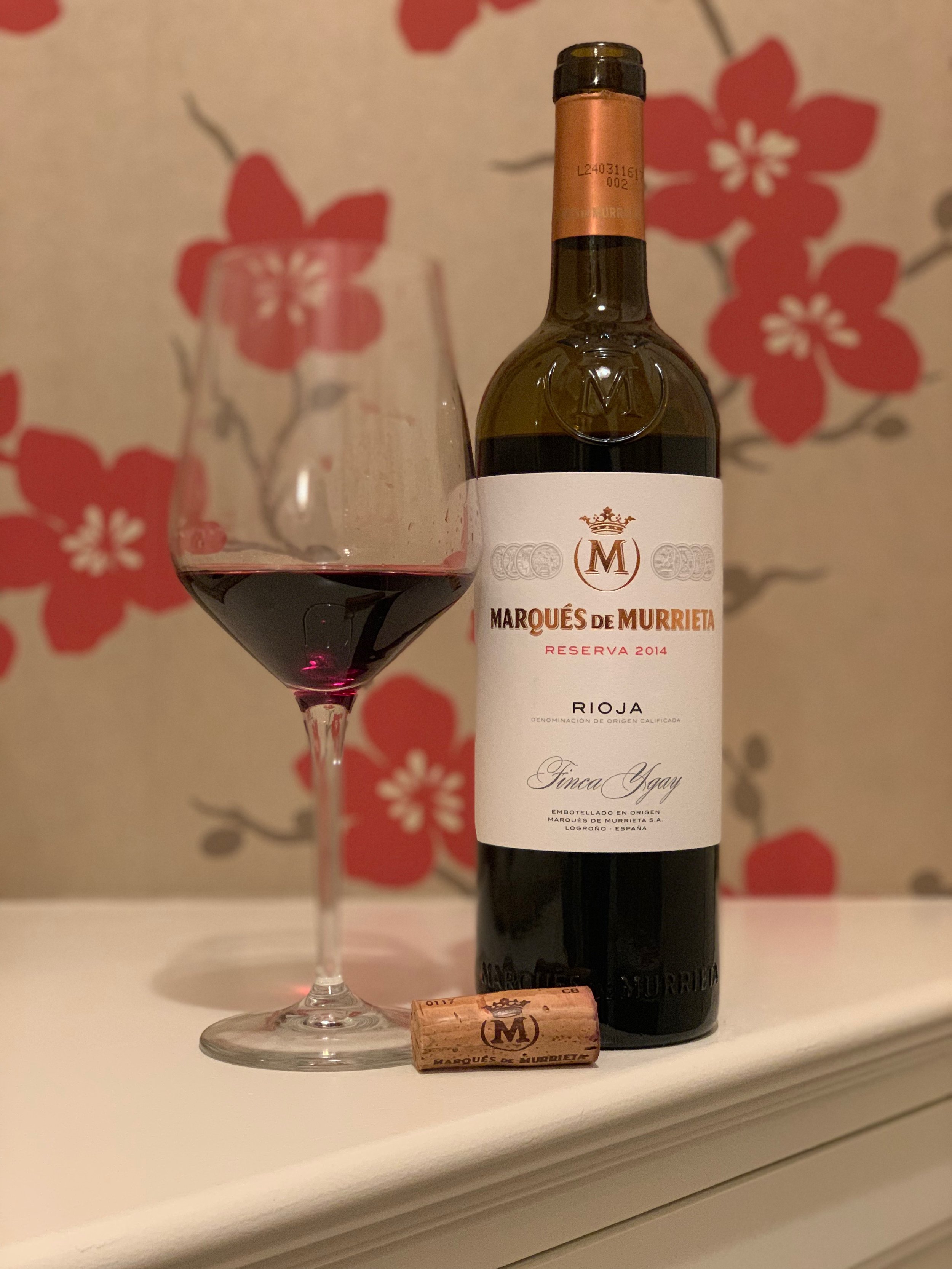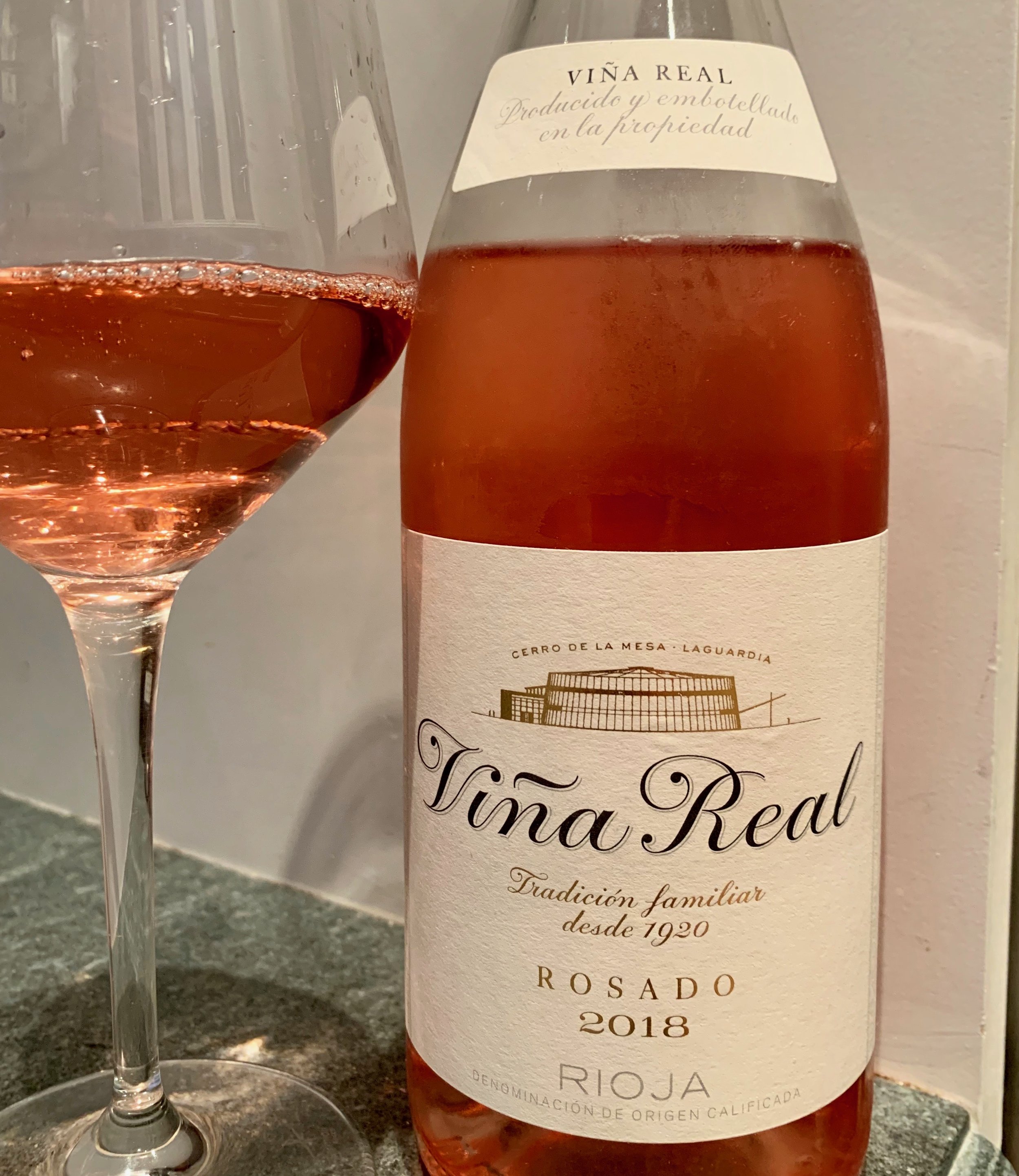Paella Your Way, Paired with Red and Rosé Rioja Wine
/“Paella is not just another dish among the many that form the glorious Spanish cuisine: it is a gastronomic miracle.”
Paella at Jaleo by José Andrés in Las Vegas.
What exactly is paella? Simply put, it’s a rice-based dish that originated in Valencia, Spain during the eighth century. Back then, it was typically made with chicken, rabbit, snails and beans, and cooked over an open fire in a ‘paellera,’ a wide shallow pan with two handles.
Over the years, this one-pot meal has evolved into multiple versions all across the globe and everyone has their favorites. But the best ones, whether filled with seafood or meat, are always cooked uncovered, with short-grain rice, and a good quality broth — although some purists would argue that it must be made in Valencia with the local water!
Traditionalists also insist that basic items like onions and garlic, for example, have no business in a paella, or that the dish should only be made with seafood, but everyone agrees that rice is the first ingredient in making a great paella. And it’s no coincidence that paella originates from Valencia, where the unique marshlands are ideal for the production of rice. According to Penelope Casas, author of The Food & Wines of Spain, Valencia is a hotpot for arroz, as rice is called in Spanish. “In the excellent restaurants in the center of Valencia and in others in El Palmar, outside the city in the middle of the rice fields, everyone — tourists and natives alike — is eating rice,” says Casas.
Now it’s time for you to make a paella and you’re down with the short-grain rice. But, with so many other options, what else should be included? My advice is simple: choose whatever you like to eat, using the best-quality ingredients you can find. I happen to love seafood, so I usually make paella using fresh shellfish; oftentimes with the addition of sausage, usually chorizo, for the smoky, meaty flavor it adds. Other favorite additions are chicken and clams.
Note: look below the recipe for wine recommendations.
PAELLA WITH SEAFOOD AND CHORIZO
Adapted from a recipe found on foxandbriar.com. Use the recipe as a guideline when making your own rendition of this hearty, nourishing dish.
Serves 4
2 Tablespoons Olive Oil
4 links (about 1/2 pound) raw Mexican chorizo. You can use Spanish chorizo too. Learn the difference between them here).
1 large onion, chopped
5 cloves garlic, minced
2 teaspoons smoked paprika
1 teaspoon turmeric
1 teaspoon saffron threads, soaked in 4 tablespoons water. Make sure it’s real saffron.
2 cups diced tomatoes
1 teaspoon kosher salt (or 1/2 teaspoon of regular salt)
1/4 teaspoon fresh ground pepper
Pinch cayenne pepper (just a mere pinch!)
2 cups Arborio (or other short-grain) rice
4 cups chicken stock
1.75 pounds small clams (cockles or manila)
1 pound raw shrimp
1 pound calamari, sliced into 1-inch pieces
2 cups frozen or fresh peas
Juice from 1/2 lemon
1 jar fire-roasted red bell pepper, sliced into 1/4-inch slices lengthwise
2 tablespoons chopped parsley
Instructions
1) Remove sausage casings and break up into 1-inch pieces. For Spanish chorizo, remove casings and thinly slice sausage. Heat a large paella pan (or large sauté pan) over medium heat. Add olive oil to pan. When oil is hot, add the sausage and sauté until cooked through, stirring frequently, about 6 minutes. (If using Spanish chorizo, sauté for a minute.) Remove cooked sausage from pan and put on a plate. Add onion to pan and sauté for 5 minutes until soft and golden. Add garlic and sauté 30 seconds.
2) Add 1 & 1/2 teaspoons of the paprika, turmeric and saffron (with its water) to the pan and stir, scraping the bottom of the pan. After about a minute add tomatoes, salt and peppers. Continue cooking until completely mixed in and the onions are rust colored, 2- 3 minutes.
3) Add the rice and stir until the rice is completely coated with oil and spices. Stir in stock. Bring to a simmer. Reduce heat to low and simmer uncovered for 10 minutes without stirring to allow the grains to soak up the liquid. Move the pan every few minutes so all parts receive direct heat and cook evenly.
4) After about 10 minutes, the rice should be almost done, but the mixture should be slightly soupy. Add more chicken stock if necessary. Add clams to the rice mixture (hinge side up so juice will seep into rice when they open) and bring back to a simmer. Cook for about 3 minutes. Add peas. Cook for 5-8 minutes more, stirring only the top portion of the rice so the rice underneath gets crunchy and forms a crust at the bottom of the pan (this is called a socarrat).
5) While clams are cooking, heat a large sauté pan with 2 teaspoons oil. Season shrimp and calamari with salt, pepper and the additional 1/2 teaspoon paprika and sauté over medium-high heat for about 3 to 4 minutes.
6) Mix chorizo, shrimp and calamari into the paella. Sprinkle with lemon juice and top with slices of red pepper. Let paella sit a few minutes to warm up the sausage and pepper, then sprinkle with parsley and serve in the pan with a big serving spoon so people can serve themselves.
WINE TO DRINK WITH PAELLA
I’m offering the same advice that I did with the paella: choose a wine you feel like drinking! Think about the ingredients you’re using and take it from there. You may want a crisp white wine like a Spanish Albariño with seafood paella. Or how about a dry, crisp Sherry? The Lustau Papirusa, aged in barrels near the sea, delivers a subtle taste of the ocean — perfect for seafood.
Maybe you’ll feel like a hearty red wine if you’re preparing the dish with chicken and sausage, or, during summertime, rosé may be on your mind. Go for it! Rosé can pair well with just about any type of paella.
I like to pair Spain’s most famous dish with its most famous red wine: Rioja. And just like paella, this Tempranillo-based wine comes in many different styles. Depending on the amount of aging and the winemaker’s intentions, they range from young, fruity, and berry-scented (crianza), to complex and brooding, with subtle notes of floral spice, cinnamon and tobacco (some reserva and most gran reserva).
For a humble dish like paella, look for crianza or reserva Riojas, both aged at least a year, but usually more, in barrels. These wines offer a lot of straightforward fruit flavor and vibrant acidity but, because of their aging, start to take on some tannic structure and complexity, especially the reservas. I like a younger crianza with seafood paella and a richer reserva with a meat one.
Look for these wines at your local shop or restaurant and on wine-searcher.com.
RED RIOJA
Herminia Rioja Tempranillo 2015 (lady label, $12) - Created as a tribute to an exceptional woman, the wine is a beautiful, bright ruby color with aromas of cherry fruit and a hint of tar. Round and smooth, this medium-bodied wine has silky tannins that support and enhance the cherry fruit flavors and earthiness. I love the label and the price point — you’d be hard put to find a better red Rioja at this price point!
Marqués de Murrieta Reserva 2014 ($25) - This award-winning Tempranillo blend has delightful aromas and flavors of ripe cherries with subtle notes of tar, ash, and earth which gives it a beautiful complexity. Open the bottle a couple of hours before serving to let all the flavors develop.
La Rioja Viña Ardanza Reserva 2009 ($35) - La Rioja Alta makes a wide range of wines and is one of the great Rioja producers. The Viña Ardanza always pleases with its soft freshness, delicate tannins and long aftertaste. Of the three recommended reds, this one has the most weight on the palate and is well balanced with bright fruit flavors. Read more about this special winery in La Rioja Alta: Winning The Hearts of Wine Lovers Worldwide.
ROSÉ RIOJA
Feel like a refreshing rosé with your paella? Here are two excellent options.
Beronia Rosé 2018 ($14 ) A beautiful light pink, salmon color, this rosé is very aromatic, with scents of a fresh fruit salad — apples, pineapple, strawberries. On the palate, it has a medium body, loads of fresh fruit flavors and a lingering finish. Perfect with seafood, this one is my go-to summer rosé!
Vina Real Rosado 2018 ($18) - The winery is a part of the famous CVNE portfolio. A medium to dark, salmony pink color, this aromatic wine is quite plush on the palate, with almost a candied sensation. The vibrant acidity keeps it fresh, though, and lets the bright fruit shine: peach, apricot, strawberry and citrus. Pair it with a paella made with meat.
































